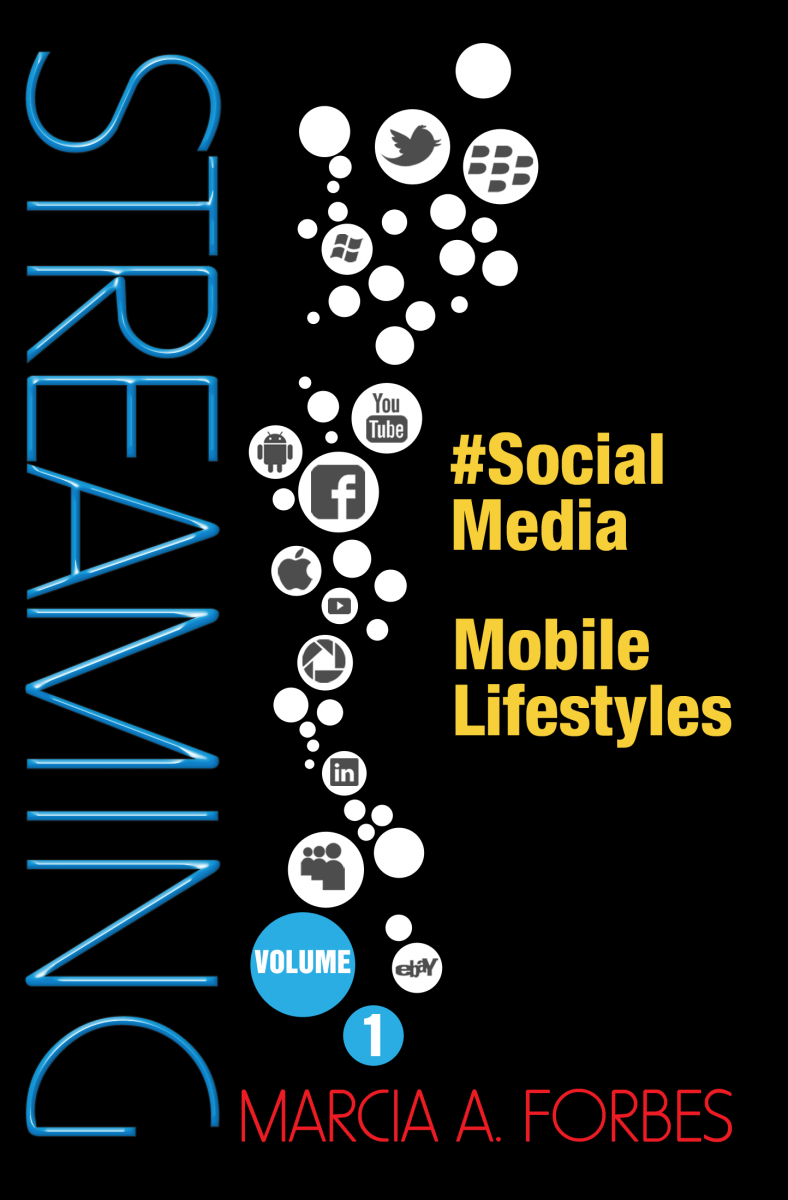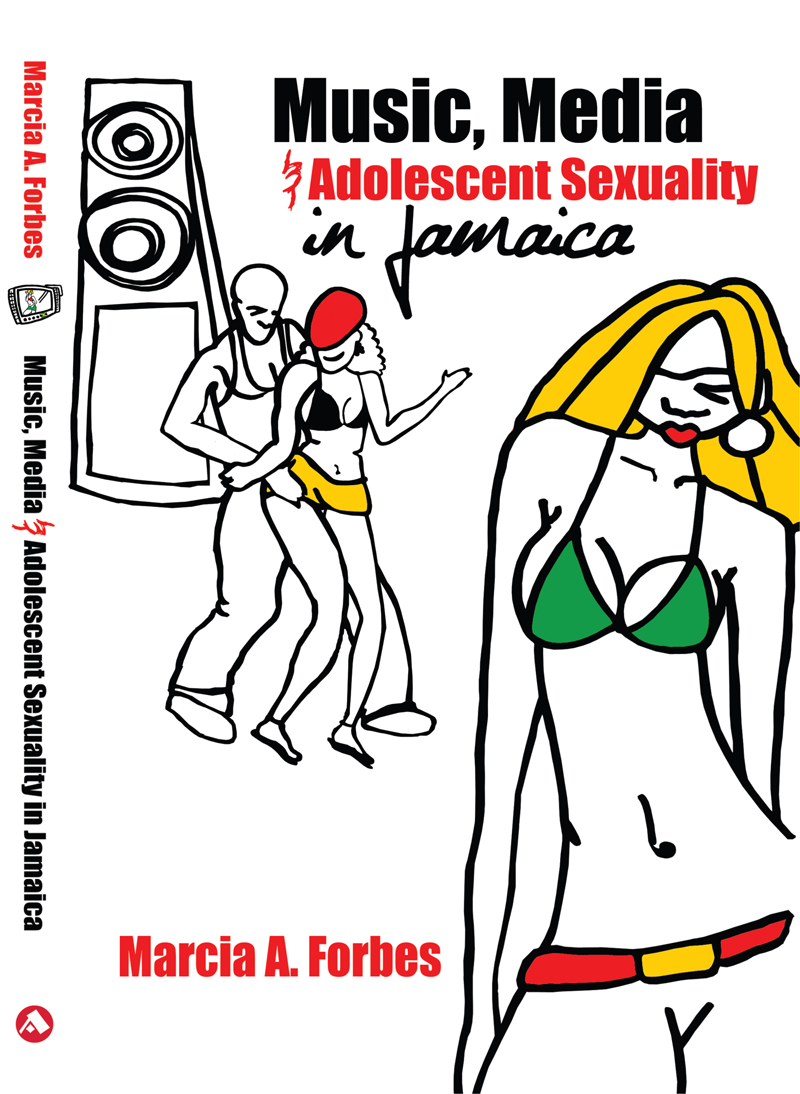Sex on TV seems de rigueur. In the USA there is now more sex than even on television. The Kaiser Family Foundation, a US philanthropic group, has an ongoing interes t in sexual health among young people and the potential contributions of mass media to sexual behavior. Since 1998 the foundation has been conducting research studies into the amount of sex on television. The 2005 report was the third in their series so one can begin to detect certain trends. Examining programmes from both network and cable TV and defining sexual content as inclusive of sex talk as well as sexual behaviours, last year’s report found that the vast majority of TV shows, a full 70%, include some sexual content. Scenes involving sex moved from 1,930 in 1998 to 3,783 in the 2005 survey.
t in sexual health among young people and the potential contributions of mass media to sexual behavior. Since 1998 the foundation has been conducting research studies into the amount of sex on television. The 2005 report was the third in their series so one can begin to detect certain trends. Examining programmes from both network and cable TV and defining sexual content as inclusive of sex talk as well as sexual behaviours, last year’s report found that the vast majority of TV shows, a full 70%, include some sexual content. Scenes involving sex moved from 1,930 in 1998 to 3,783 in the 2005 survey.
What does that have to do with us in Jamaica? Since anywhere from fifty percent or more of content on local free-to-air TV is still derived from the USA and most of our cable channels originate from that country, this not totally unexpected piece of news, has everything to do with us. Accepting that television has increasingly become a major agent of socialization and that many tweens and teens spend more hours with the TV screen than most parents approve, the potential problems become obvious. Since everybody on TV is into sex, whether by word or by deed, then clearly our young people are likely to believe that it is only ‘meet and right’ for them to be follow suit. The response of one urban middle class Jamaican girl bears this out. She felt that “because most of the videos giving the sex appeal thing, it’s making most of us going and thinking that sex is alright…having unprotected sex.” To add to this, unsupervised viewing is so commonplace in Jamaica that adult intervention to correct this view by young people is probably rare.

Based on the survey, adolescents who watched foreign cable TV were more likely to report having had sex when compared to those who watched local cable or free-to-air TV. Bear in mind though that older adolescents, the ones more likely to be sexually active anyway were the ones more drawn to foreign cable TV. Younger adolescents watched more local free-to-air TV. Among respondents who have ever had sex, viewers of foreign cable TV were more likely to report multiple partner relationships (75.6%) versus those watching local cable TV (68.2%) or those watching local free-to-air TV (57.1%).
Most noteworthy is that of the adolescents in the sample who reported having had sex with more than 4 persons, 72.7% watched most of their music videos on foreign channels versus only 6% who watched mainly on local cable channels and 12% on local television stations. See Figure 1. The majority of those who reported having had sex with one, two, three or four persons also reported watching most of their music videos on foreign cable channels. Across the board therefore it seemed that adolescents who mainly watched music videos on foreign cable TV were having more sex.
Figure 1
Transmission Mode & Sex with 4 of More Partners
Review of transmission modes (local free-to-air TV stations, local cable and foreign cable TV) in the context of condom use highlighted that those adolescents who watched music videos mainly via foreign cable TV were significantly more likely to either always use a condom or to use one most times they had sex than those who watched via other transmission modes (Table 1). Adolescents who watched music videos mainly via local cable TV were most unlikely to always use a condom when having sex. These research findings sent me to explore what could explain this oddity. Why would those who watched videos via foreign cable channels be more inclined to use a condom?

Literature review coupled with findings from another of the survey questions led me to believe that this may have been as a consequence of the long running KNOWHIV/AIDS campaign designed by Kaiser and Viacom. This campaign saw safe sex public service announcements (PSAs) being aired on Viacom owned music video channels such as BET and MTV, the most popular music video channels among Jamaican adolescents at the time of the survey.
Table 1
Condom Use Based on Transmission Mode of Music Videos
|
Transmission Mode
|
Always Use Condom
|
Use Condom Most Times
|
|
Foreign Cable TV
|
60.2%
|
68.2%
|
|
Local Cable TV
|
7.2%
|
18.2%
|
|
Local TV Stations (TVJ & CVM)
|
21.7%
|
13.6%
|
Other sexual activities were also examined within the context of transmission modes via which music videos are watched since US originated programmes are frequently blamed for promoting permissive attitudes toward sex and alternative lifestyles. Virtually 100% of the content on the most popular foreign music video cable channels originate from the United States. Three specific types of sexual activities, oral sex, anal sex and homosexuality, were explored in a multipart questionnaire item placed at the very end of the instrument. These types of sexual behaviours are particularly taboo in Jamaica, with local DJs and other entertainers expending a great deal of lyrical content to preach against them and chastise those who engage in them.
The number of adolescents who responded to this last question was less than that for the rest of the questionnaire since some schools would not even allow their students to read the question. Once this attitude was detected the question was removed prior to administration of the instrument. Fortunately most of the 21 schools included in the survey were more forward thinking so of the overall sample 90% of males (200) and 91% of females (204) answered this question. Except for heterosexual oral sex involving penis in girls’ mouths to which 9.5% of males admitted, over 90% of respondents, males and females, denied oral, anal or homosexual activities.
Having established the low level of responses in the affirmative, it should be noted that those who so indicated were cross referenced with the transmission modes via which they watched music video. The findings were interesting. Of the nine boys who admitted to heterosexual oral sex (penis in girl’s mouth), half of them mostly watched music videos via foreign cable TV compared to 16.7% via local cable and 22.2% via free-to-air TV. Of the two girls who admitted to this activity, both mostly watched music videos via foreign cable TV.
In view of the small number of respondents who admitted to oral sex, anal sex and homosexual activities, this study was unable to establish any significant relationship between the transmission modes via which Jamaican adolescents watched most of the music videos they saw and these sexual activities. This does not, however, rule out the possibility that such a relationship may exist. The overwhelming desire for the lifestyle of the men and women portrayed in music videos can be used as a measure of the extent to which young people are likely to model/emulate what they see in these videos. And while the portrayals are never usually overt, increasingly there are subliminal and covert images of alternative sexual lifestyles in music videos. Madonna’s kiss on the lips of Britney Spears and Christina Aguilera during the broadcast of an MTV Awards show may have been the thin edge of the wedge.
In another article I will tease out the relationship between the other types of television programmes which our young people in Jamaica are watching and their sexual practices and attitudes. Television in the USA, by showcasing a great deal of sex may be heading down a slipper slope with Jamaica in its wake. Going even further by making sex on TV a laughing matter, as reflected in the extremely high number of scenes with sexual content in situation comedies, adds to the treachery of the slope. The 2005 Kaiser study revealed that on average there are almost nine scenes with sexual content in each comedy hour. Even the much maligned soap opera lagged behind sit coms (situation comedies) when it came to sexual content. So while we laugh and sex things up, let’s consider the consequences to our children.
 t in sexual health among young people and the potential contributions of mass media to sexual behavior. Since 1998 the foundation has been conducting research studies into the amount of sex on television. The 2005 report was the third in their series so one can begin to detect certain trends. Examining programmes from both network and cable TV and defining sexual content as inclusive of sex talk as well as sexual behaviours, last year’s report found that the vast majority of TV shows, a full 70%, include some sexual content. Scenes involving sex moved from 1,930 in 1998 to 3,783 in the 2005 survey.
t in sexual health among young people and the potential contributions of mass media to sexual behavior. Since 1998 the foundation has been conducting research studies into the amount of sex on television. The 2005 report was the third in their series so one can begin to detect certain trends. Examining programmes from both network and cable TV and defining sexual content as inclusive of sex talk as well as sexual behaviours, last year’s report found that the vast majority of TV shows, a full 70%, include some sexual content. Scenes involving sex moved from 1,930 in 1998 to 3,783 in the 2005 survey. Based on the survey, adolescents who watched foreign cable TV were more likely to report having had sex when compared to those who watched local cable or free-to-air TV. Bear in mind though that older adolescents, the ones more likely to be sexually active anyway were the ones more drawn to foreign cable TV. Younger adolescents watched more local free-to-air TV. Among respondents who have ever had sex, viewers of foreign cable TV were more likely to report multiple partner relationships (75.6%) versus those watching local cable TV (68.2%) or those watching local free-to-air TV (57.1%).
Based on the survey, adolescents who watched foreign cable TV were more likely to report having had sex when compared to those who watched local cable or free-to-air TV. Bear in mind though that older adolescents, the ones more likely to be sexually active anyway were the ones more drawn to foreign cable TV. Younger adolescents watched more local free-to-air TV. Among respondents who have ever had sex, viewers of foreign cable TV were more likely to report multiple partner relationships (75.6%) versus those watching local cable TV (68.2%) or those watching local free-to-air TV (57.1%). 



